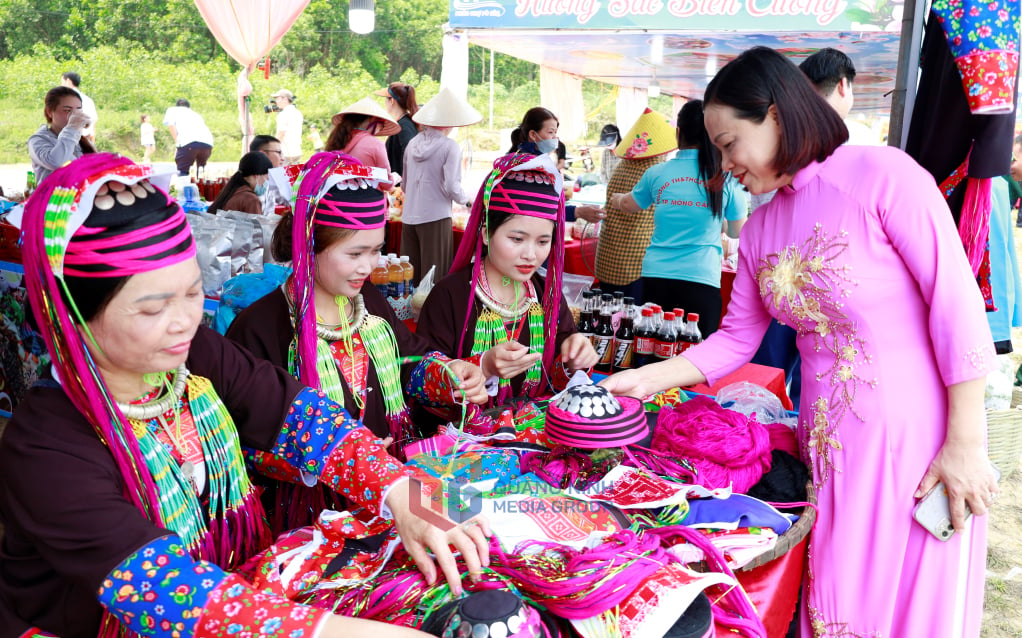
On the basis of the province's policies, promoting the cultural, artistic and sports movements at the grassroots level has created new vitality for the ethnic minority communities in the province. Up to now, the province has established 55 traditional art clubs of ethnic minority and mountainous areas, which are the core force contributing to improving the efficiency of activities at grassroots cultural and sports institutions. The rate of people participating in activities at the Cultural and Sports Center is about 50%, while the rate of participation in sports practice is also up to 40%. The club model has been consolidated and expanded, attracting a large number of people, especially the young generation, to participate in dance, singing and traditional vocational classes; thereby contributing to arousing pride and responsibility in preserving national identity.
Many typical intangible cultural heritages of ethnic minorities in the province have been continuously recognized. Typically: The Cap Sac ritual of the Dao people; Dai Phan of the San Diu people; Soong Co festival of the San Chi people; Then ritual of the Tay people; Soong Co melody of the San Diu people... have been included in the List of National Intangible Cultural Heritage by the Ministry of Culture, Sports and Tourism. In particular, the Then ritual of the Tay people in Quang Ninh was recognized by UNESCO as a representative intangible cultural heritage of humanity, among 11 provinces with Then Tay, Nung, Thai of Vietnam honored by UNESCO.
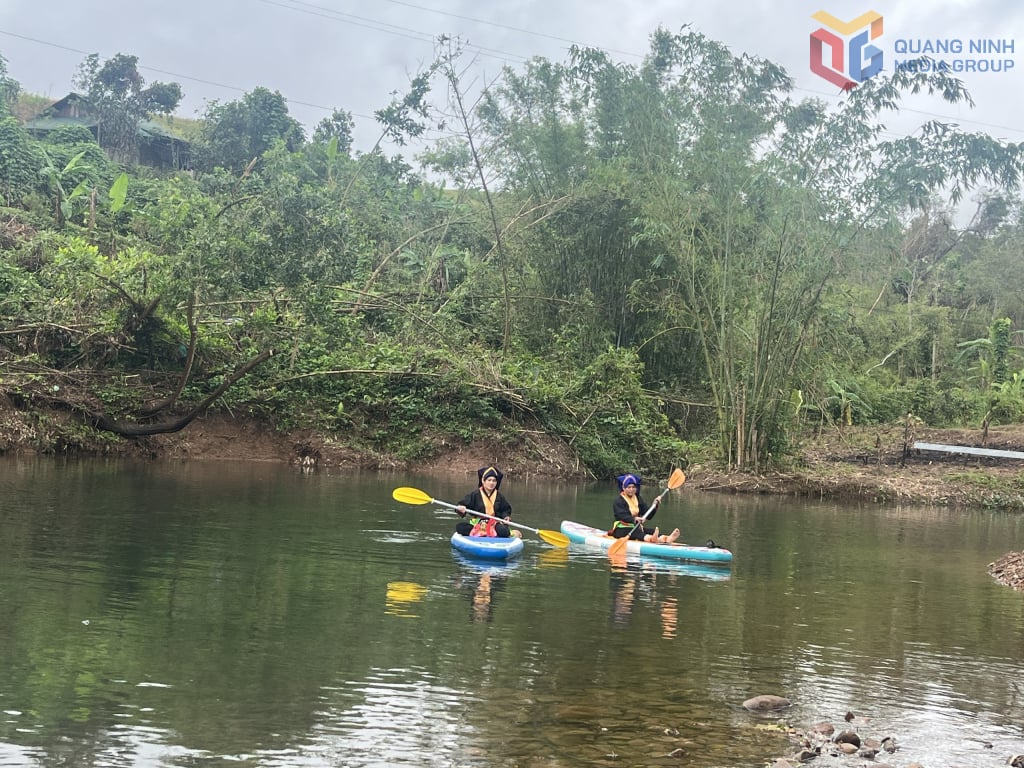
Besides intangible culture, traditional sports are also preserved, restored and encouraged to develop, such as: Stick pushing, spinning top, stilt walking, throwing shuttlecock, women's soccer... These are not only folk games but also a link connecting the community, creating a healthy playground for all ages.
Not only that, the markets still retain their appeal to tourists and locals when visiting ethnic minority areas in the province. Ha Lau, Luong Mong, Po Hen, Dong Van markets are not only places for exchanging and buying agricultural products and handicrafts but also stages for folk song and dance performances, and unique culinary stalls of each ethnic group.
Ethnic minority people have also taken part in promoting their ethnic cultural identity in association with tourism to boost local economic and social development. Ms. Ban Thi Hai, Khe Phuong village, Ky Thuong commune, Ha Long city said: People in our village have focused on developing tourism to exploit the beautiful scenery of their homeland and the identity of their own people. Thanks to that, people's lives have also improved.
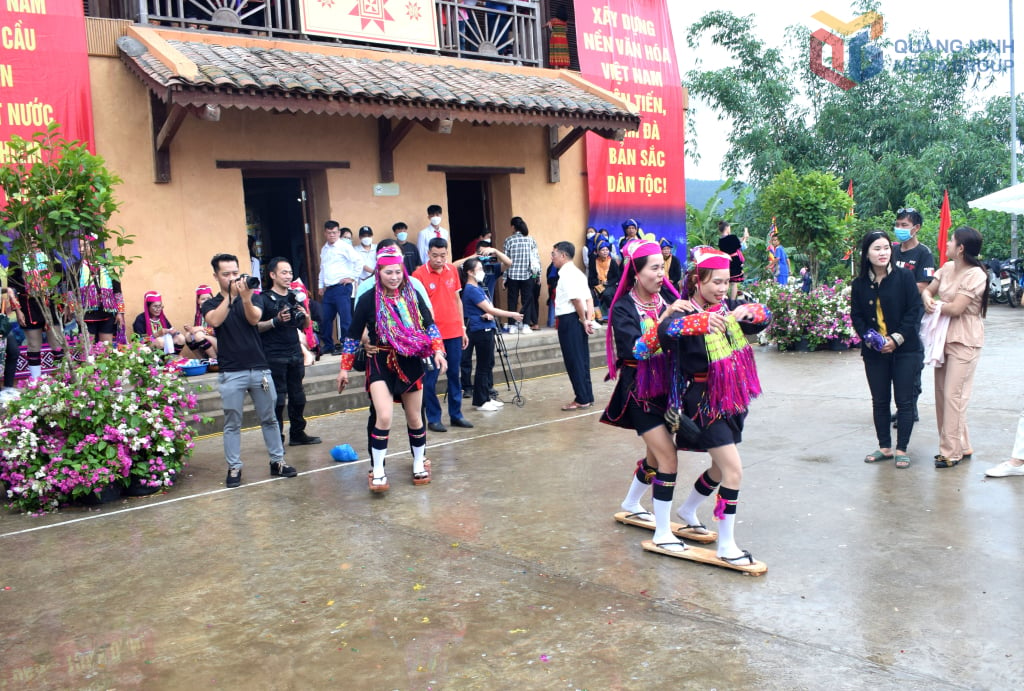
One of the bright spots in the process of conservation associated with community tourism development is the pilot project in four ethnic minority villages associated with community tourism development in mountainous areas, period 2023-2025 according to Plan 161/KH-UBND dated June 21, 2023 of the Provincial People's Committee. The four villages include: Dao village in Po Hen hamlet, Hai Son commune, Mong Cai city; San Diu village in Vong Tre hamlet, Binh Dan commune, Van Don district; Tay village in Ban Cau hamlet, Luc Hon commune and San Chi (San Chay) village in Luc Ngu hamlet, Huc Dong commune of Binh Lieu district. The goal of the plan is to build a model of cultural villages typical of each ethnic group, combined with community tourism development, improving people's lives and preserving traditional cultural identities. Initially, these models have created unique products that have been well received by tourists, increasing the average income of participating households by 10-15% compared to before the pilot.
With a clear policy foundation, Quang Ninh is gradually creating a favorable environment for national cultural identity to shine, becoming a common asset, an endogenous resource, and a driving force for rapid and sustainable development.
Source: https://baoquangninh.vn/bao-ton-va-phat-huy-gia-tri-van-hoa-cua-cac-lang-dtts-3355599.html



![[Photo] President Luong Cuong receives Prime Minister of the Kingdom of Thailand Paetongtarn Shinawatra](https://vphoto.vietnam.vn/thumb/1200x675/vietnam/resource/IMAGE/2025/5/16/52c73b27198a4e12bd6a903d1c218846)

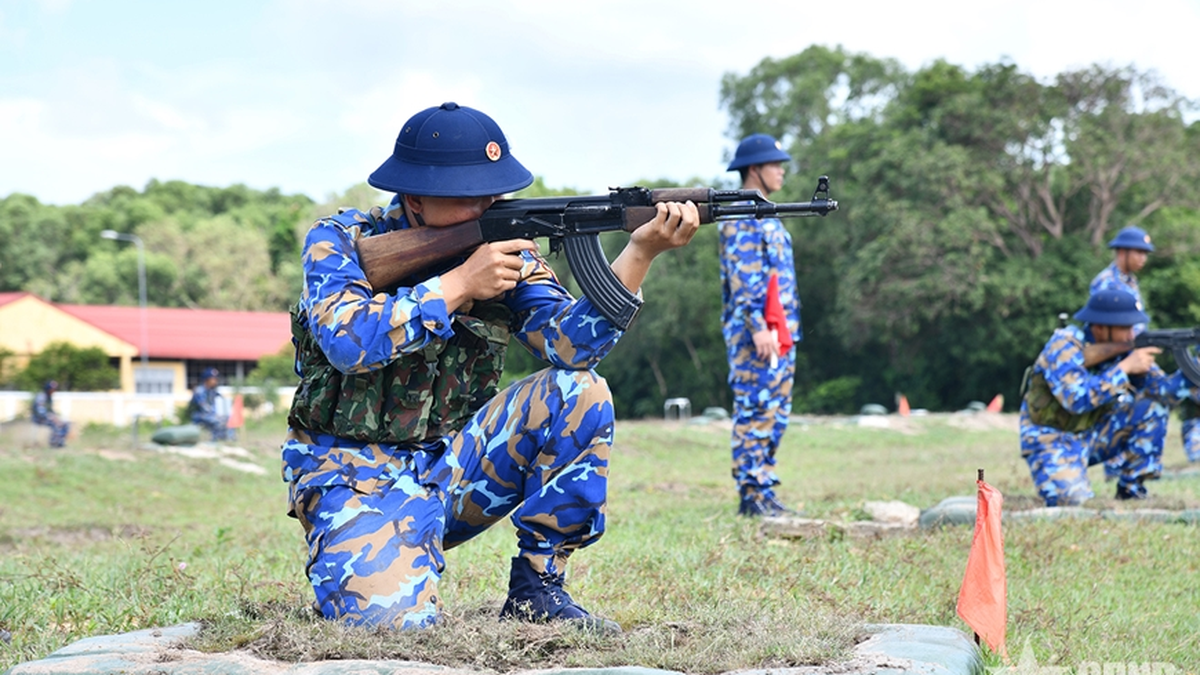
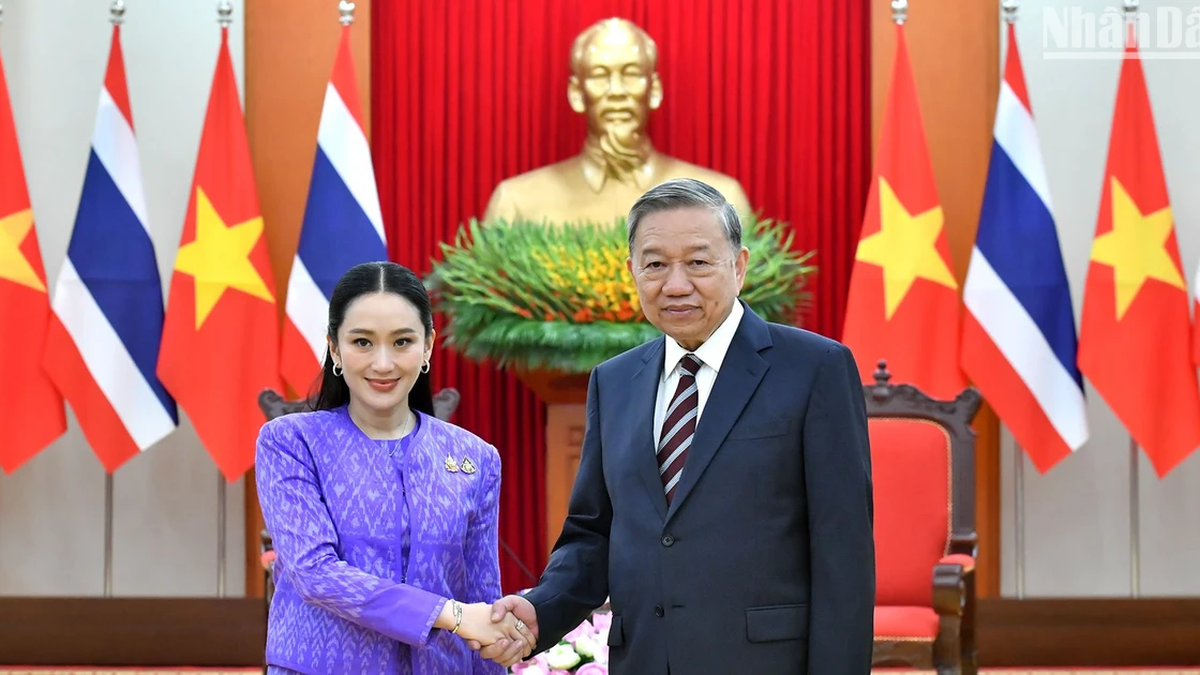
![[Photo] Prime Minister Pham Minh Chinh and Prime Minister of the Kingdom of Thailand Paetongtarn Shinawatra attend the Vietnam-Thailand Business Forum 2025](https://vphoto.vietnam.vn/thumb/1200x675/vietnam/resource/IMAGE/2025/5/16/1cdfce54d25c48a68ae6fb9204f2171a)
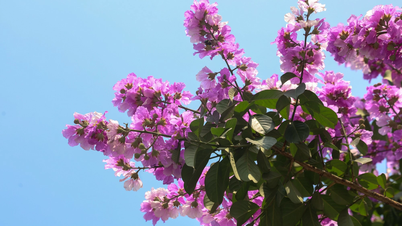

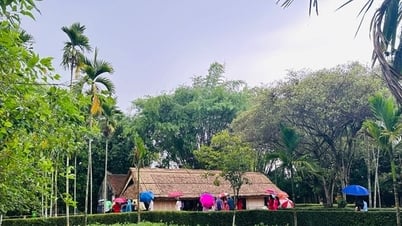

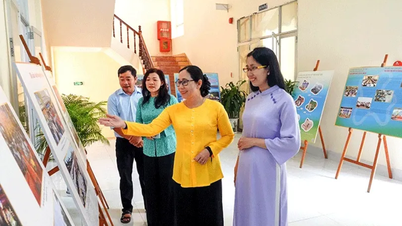

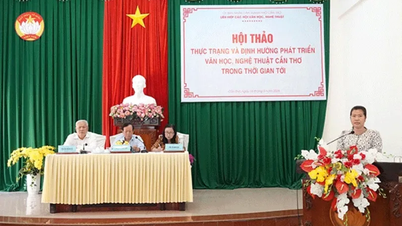
![[E - Magazine] - The song of cicada life](https://vphoto.vietnam.vn/thumb/402x226/vietnam/resource/IMAGE/2025/5/16/e7f3bc75c44c49619c9d9c9a9ae92e87)

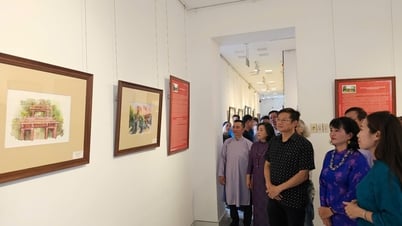








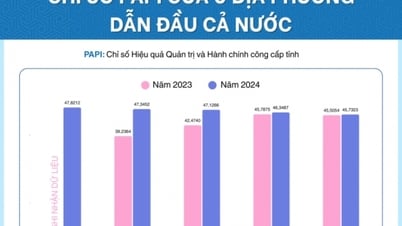


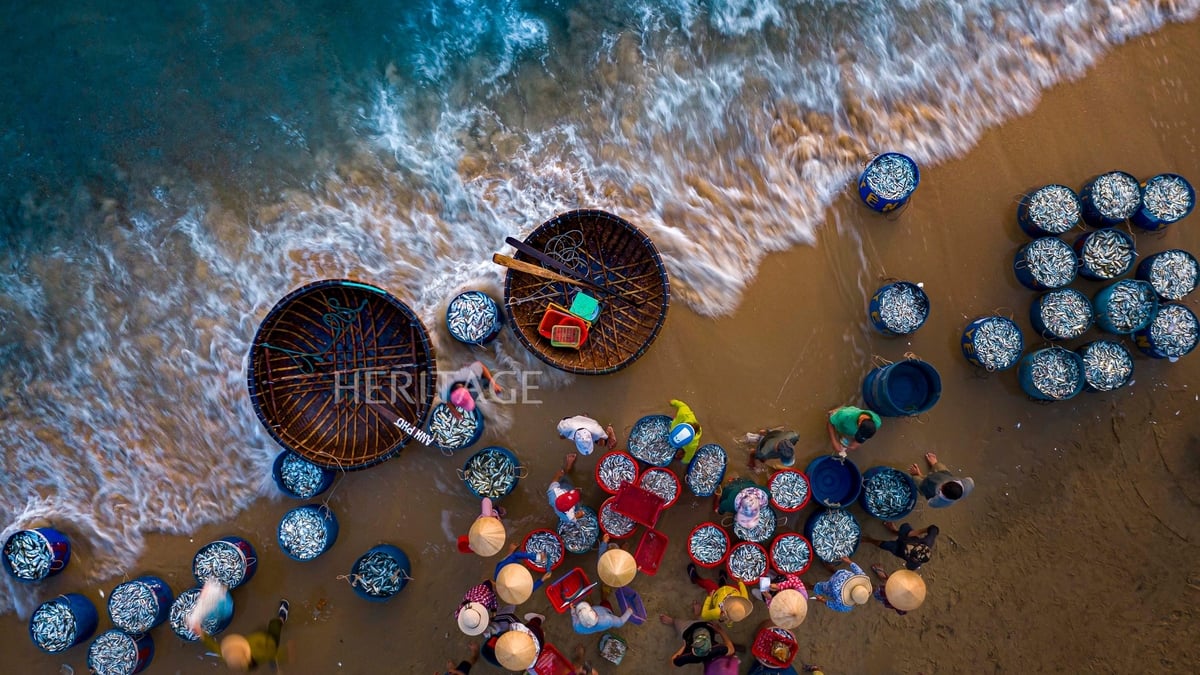
![[Photo] The Prime Ministers of Vietnam and Thailand witnessed the signing ceremony of cooperation and exchange of documents.](https://vphoto.vietnam.vn/thumb/1200x675/vietnam/resource/IMAGE/2025/5/16/935407e225f640f9ac97b85d3359c1a5)







































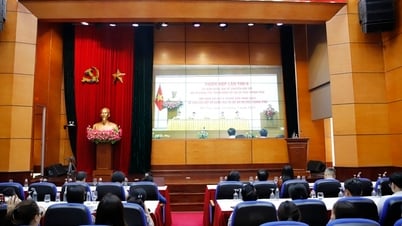


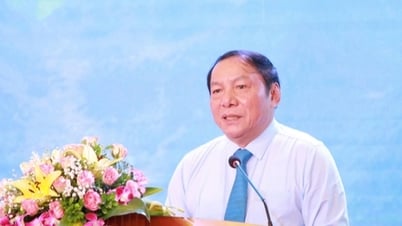



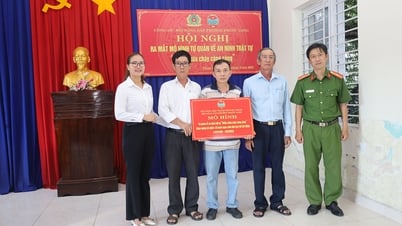

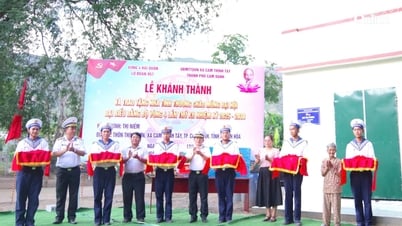
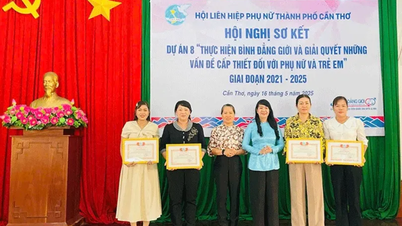










Comment (0)